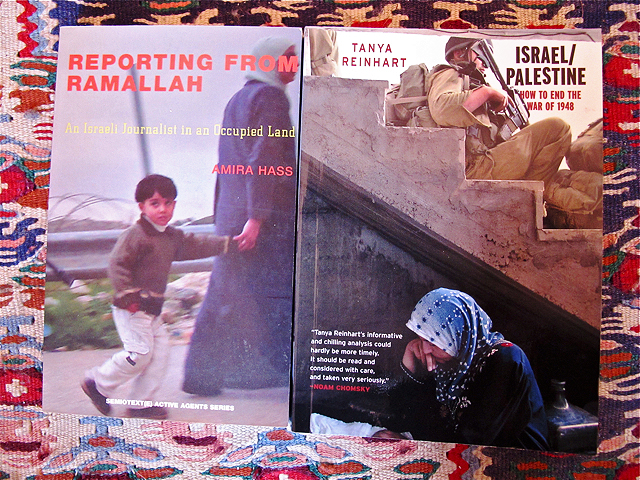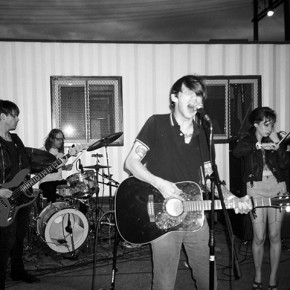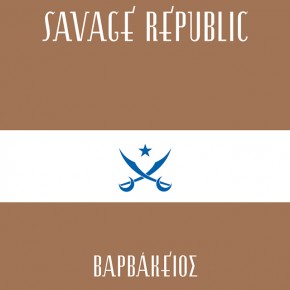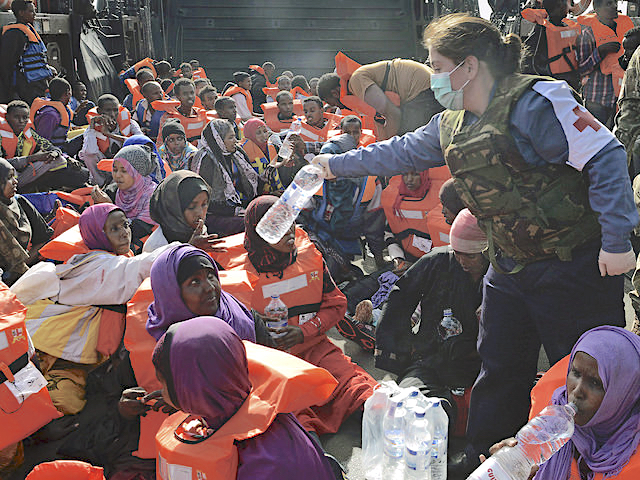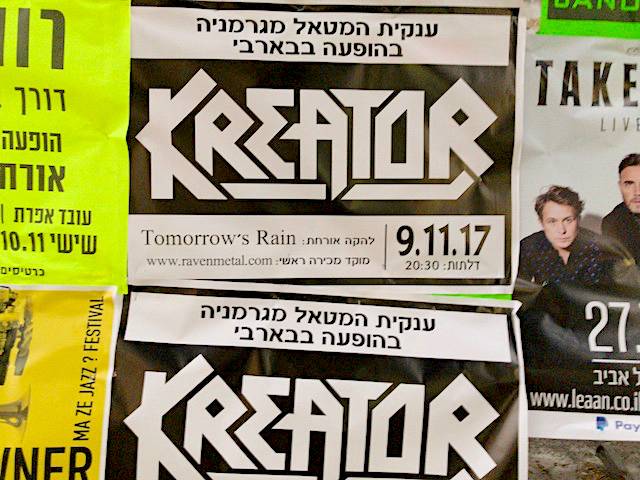Five years of on-the-ground research. Almost three years of writing and rewriting. And my book about migrant workers and African refugees in Israel just won’t sell. What gives? I’ve spent three years addressing everything, with the help of an excellent literary agent who has developed and sold some very big books.
After all of our efforts, I’m convinced that no one will buy my book because I’m a woman. Very few Israel-Palestine titles by non-male authors are ever hits.
And, as significantly, because public discourse about the region is locked into an overly simplistic discussion of a bilateral “conflict” when—as Israel’s treatment of migrant workers and African refugees shows—the conversation needs to be about the Jewish state’s denial of human rights to ALL non-Jews; people love violence.
In this post, the first of a three-part series, I’ll talk about what it means to be a woman in journalism and publishing.
****
I should have known that I was battling gender bias the moment my agent asked me if I could turn my original draft—a journalistic, semi-academic, discussion of non-Jewish, non-Palestinian “others” and their place in Israel—into “Eat Pray Love meets migrant workers.”
Yes, memoir was big at the time. But can you imagine an agent asking a male journalist to turn his investigative work into something less deliberate? Can you imagine a male journalist being urged to write about how “you bumped into this person who introduced me to that person”?
And doesn’t the term “male journalist” sound funny? That’s because we’re not used to hearing it. Male journalists are the norm and we don’t bother describing norms. We only describe the exception to the rule. Articles exclaiming how far “female journalists” have come or the “Unique advantage of ‘female war reporters’” actually suggest that we haven’t come that far… otherwise, participating in our profession would be unremarkable, so unremarkable it wouldn’t need to be discussed in an article.
That’s not to say that my agent is to blame. He’s just a salesman—he’s a conduit for and reflection of market forces. And when it comes to publishing, women are relegated to particular corners of the industry.
Writing in The Washington Post in 2009, my former professor Julianna Baggott points out:
“This fall, Publishers Weekly named the top 100 books of 2009. How many female writers were in the top 10? Zero. How many on the entire list? Twenty-nine.
…I could understand Publishers Weekly’s phallocratic list if women were writing only a third of the books published or if women didn’t float the industry as book buyers or if the list were an anomaly. In fact, Publishers Weekly is in sync with Pulitzer Prize statistics. In the past 30 years, only 11 prizes have gone to women. Amazon recently announced its 100 best books of 2009 — in the top 10, there are two women. Top 20? Four. Poets & Writers shared a list of 50 of the most inspiring writers in the world this month; women made up only 36 percent.”
If you want a great analysis of the whys behind these numbers, read the rest of Baggott’s article. For some more current, but equally disappointing numbers in regards to inequality, read on.
A 2011 study by VIDA Women in the Literary Arts found that a majority of the books reviewed in 2010 in The Atlantic, The Boston Review, Harpers, Granta, The London Review of Books, The New York Times Book Review, The New York Review of Books, The New Yorker, The Paris Review, and The New Republic (to name a few) were written by men. And guess what? The reviewers themselves were also men.
Ruth Frankin of The New Republic gets to the bottom of things: publishing houses release more books written by men.
“Only one of the houses we investigated—the boutique Penguin imprint Riverhead—came close to parity, with 55 percent of its books by men and 45 percent by women. Random House came in second, with 37 percent by women. It was downhill from there, with three publishers scoring around 30 percent—Norton, Little Brown, and Harper—and the rest 25 percent and below, including the elite literary houses Knopf (23 percent) and FSG (21 percent). Harvard University Press, the sole academic press we considered, came in at just 15 percent.”
Surprisingly, Franklin found that the so-called left-wing presses didn’t fare any better than the big publishers.
And then, of course, when women do manage to get their books out there, they face literary ghettoization.

Of course, there are editors who would call this a “rant.” That’s what one male editor called an op-ed of mine that later got published elsewhere (by a female editor, mind you). Can you imagine an editor calling a man’s article a “rant”? No, it would be “an impassioned argument.”
There’s more. About four years ago, the (female) deputy foreign editor of a Very Famous Media Outlet thought my pitch about migrants in Israel was great. But, she said, I needed to check with the Jerusalem-based bureau chief, a man who promptly shot down the story. A young journalist, eager to learn and grow, I asked him why.
“It’s not fresh enough,” he said.
Before I’d pitched, I’d done my research. His outlet had never published anything about migrants in Israel. I pointed this out to the bureau chief. His answer was still no.
Yet, foreign workers were suddenly fresh enough for that same bureau chief two years later when a male freelancer pitched him a near-identical story.
In the five years that I’ve been working as a journalist, I’ve also watched younger men with far less experience and fewer qualifications enter the profession and bound ahead. I’ve seen them bust into publications that I and other female colleagues can’t get the time of day from. I’ve watched them get the encouragement and positive feedback that pushes them forward while the fine work of many women journalists goes overlooked.
Is this any surprise when, as the Guardian puts it “sexist stereotypes, humiliating photographs of women, and male bylines dominate the front pages of British newspapers”?
Reporting on research conducted by Women in Journalism, the Guardian states that more than three-quarters of front page articles are written by men. An analysis of these same stories found that over 80 percent of “those mentioned or quoted” were men.
****
I’m also to blame. I’ve internalized stereotypes about women. I, too, end declarative sentences with a question mark so I don’t sound too assertive and I find myself using what linguists call “hedges” (sort of, like, you know)—devices used more often my women than men.
I don’t self-promote or share my work like my male colleagues do for fear of being thought aggressive. When my agent asked me to make my book “Eat Pray Love meets migrant workers” I said “yes” even though all of my instincts and my heart said no. And, a few years ago, when I interviewed a “woman journalist” about her excellent non-fiction book, one of my first questions was whether or not she would write a memoir about her personal connection to the material.
Part Two: a black and white (or Palestinian-Israeli) conflict with no shades of grey.
